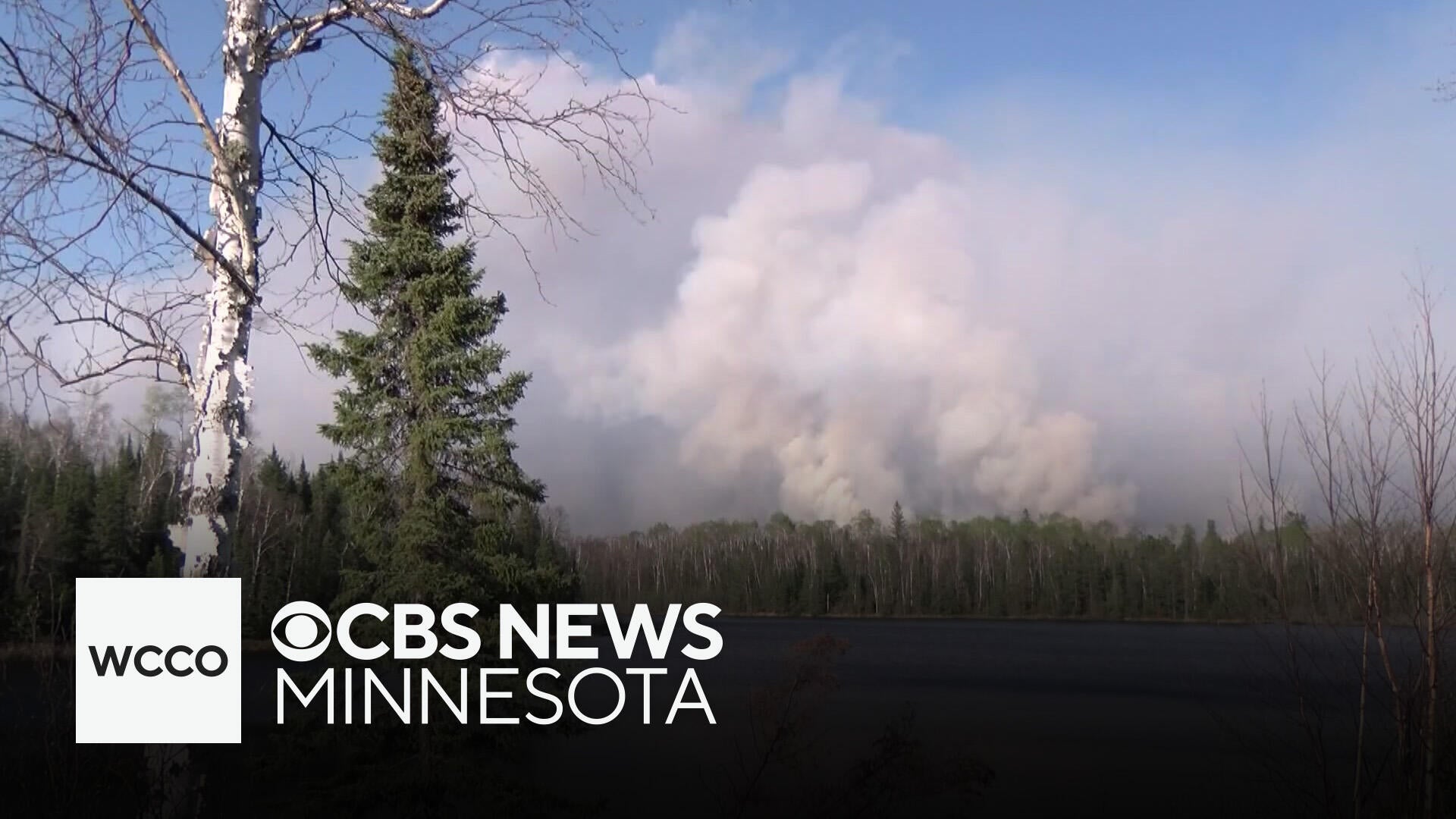What does it mean to "contain" a wildfire?
Several weeks of fiery destruction have changed the landscape of Minnesota's northland.
The three main wildfires — Camp House, Jenkins Creek and Munger Shaw — are all now nearly 100% contained after burning more than 29,421 acres as of June 3, according to the U.S. Forest Service.
Keeping that number from growing requires hundreds of miles of effort on the ground and in the sky.
"We're gonna have to continue to get rain in a timely manner in order to keep them in place and not going anywhere," said William Glesener, wildfire operations supervisor with the Minnesota Department of Natural Resources.
What does it mean to contain a wildfire? Glesener explained with an analogy related to a campfire.
"If you have a campfire that doesn't have a ring around it, doesn't have any stones around it or whatever, it's kind of wild, it's out in the open, it could go anywhere," Glesener said.
But once you build or create a border around the campfire it becomes contained. Just multiply that on a massive scale with far less control and you have what's happening up north.
What methods are deployed to contain a fire?
"Oftentimes, depending upon where you're at in the country, different methods will be used," he said.
Aircraft dropping water or fire retardant has been helpful for Minnesota's wildfires, along with crews on the ground doing the same.
Heavy machinery like bulldozers carve out containment lines by removing fuel. Rivers and roads act as natural or manmade barriers. Crews also fight fire with fire.
"If, for example, you are able to burn out and the fuel is all consumed in an area, you might not have any more fuel to be consumed, so that could actually be a containment line," he said.
To measure containment, officials use percentages instead of miles covered. The measurement describes "how much of a wildfire's perimeter is surrounded by a control line," .
"If a wildfire is 25% contained, control lines around 25% of its perimeter have been established," it further states.
"It's important to remember that just because a fire is contained doesn't mean it has stopped burning," Glesener said. "Hotspots remain and new fires can start due to weather conditions and fuel in the fire perimeter. The caveat that we have there is how far is that heat inside the line."
Crews will have to determine if hotspots need water to keep new fires from reaching the containment lines. Beyond that, they'll wait for several rounds of rain to finish the job.
"Basically, the fires we have in the Arrowhead, they're going to be monitored all summer long," he said.
They'll keep an eye on the fire from the sky using planes, drones and cameras with heat-detecting technology. Ground crews will also carefully trek through wildfire perimeter to get a lay of the land up close.
The Horse River Fire is the latest challenge up north. It has burned only 13 acres in the Boundary Waters Canoe Area as of June 3, but it has zero percent containment.





